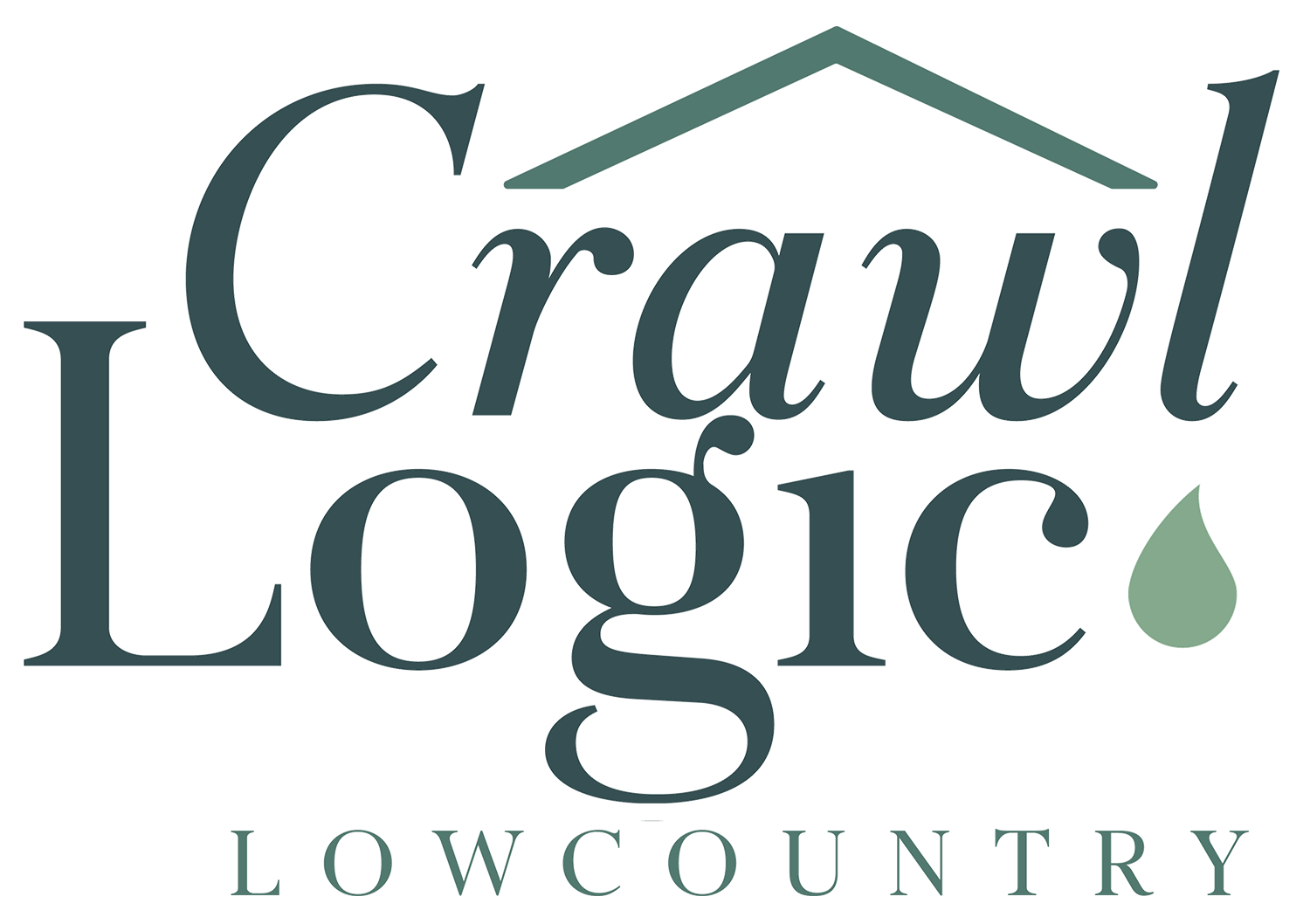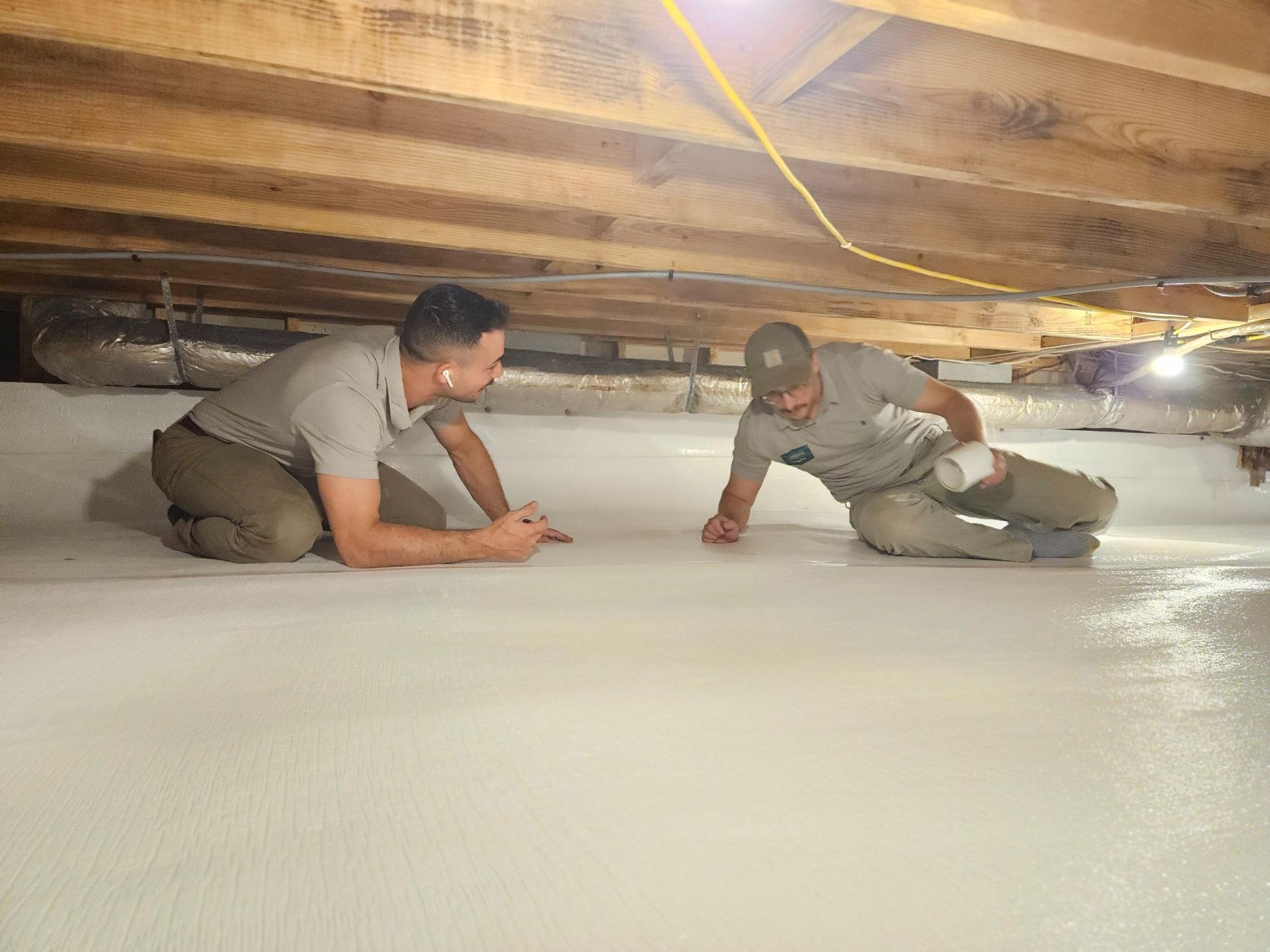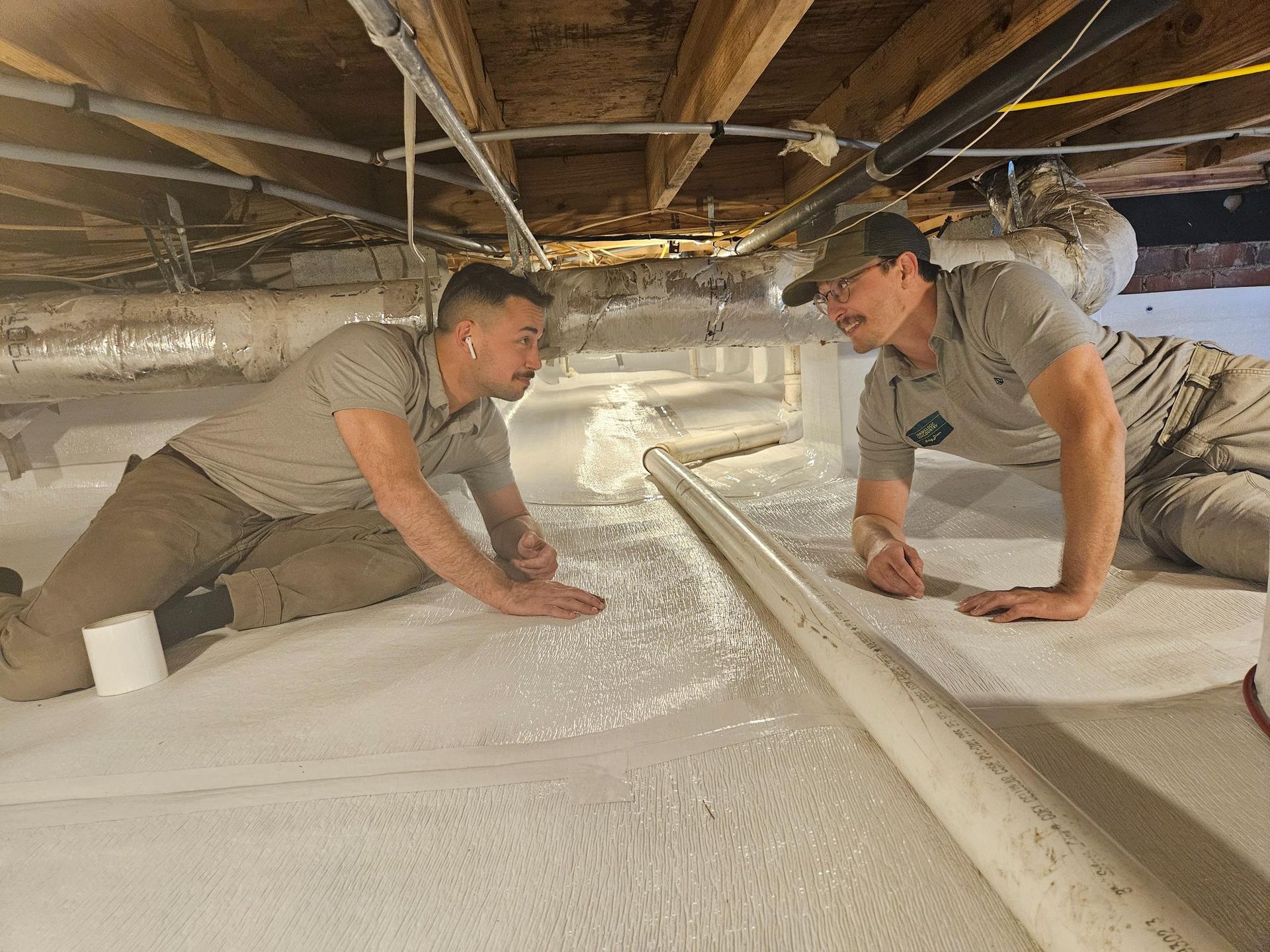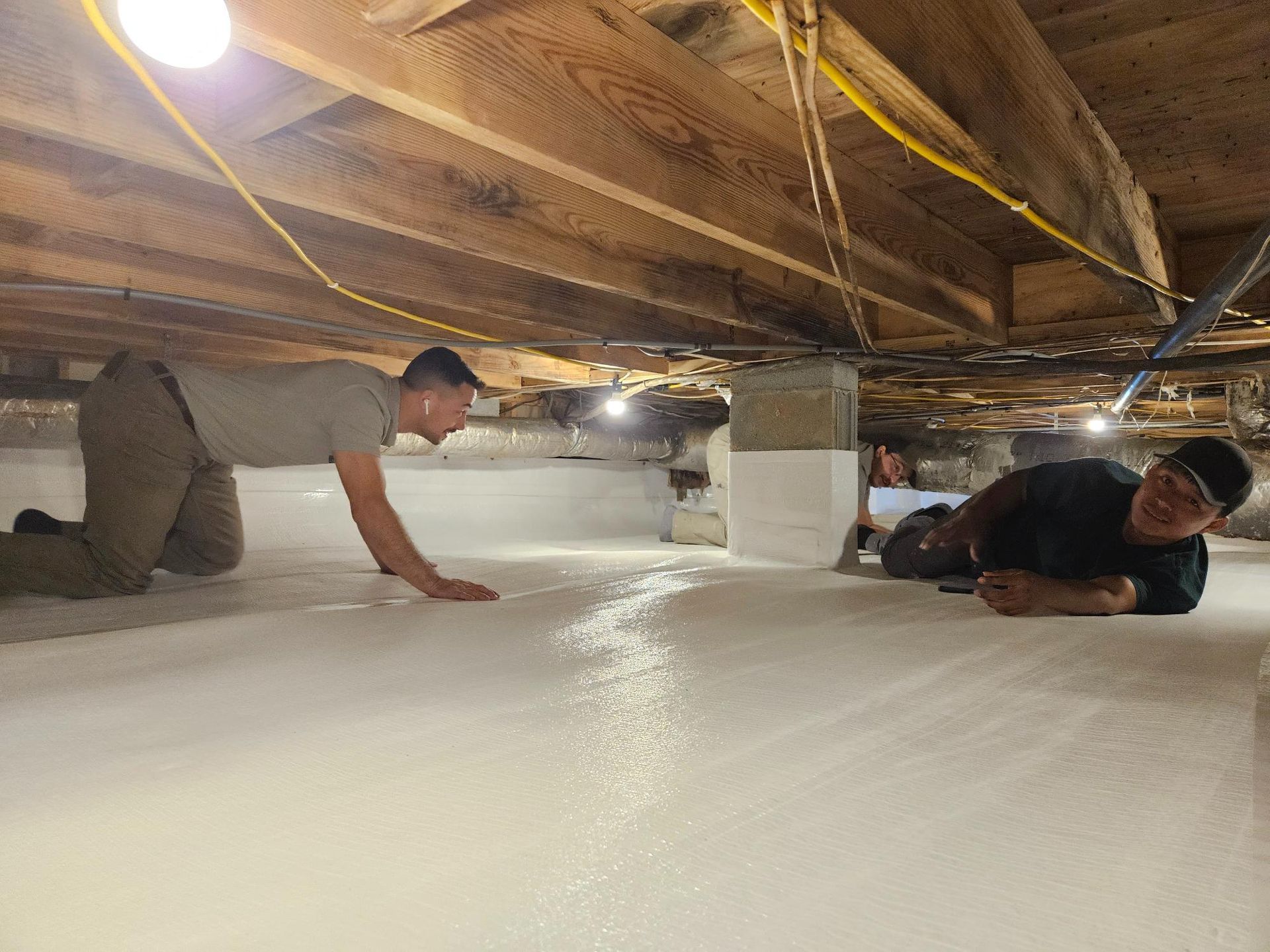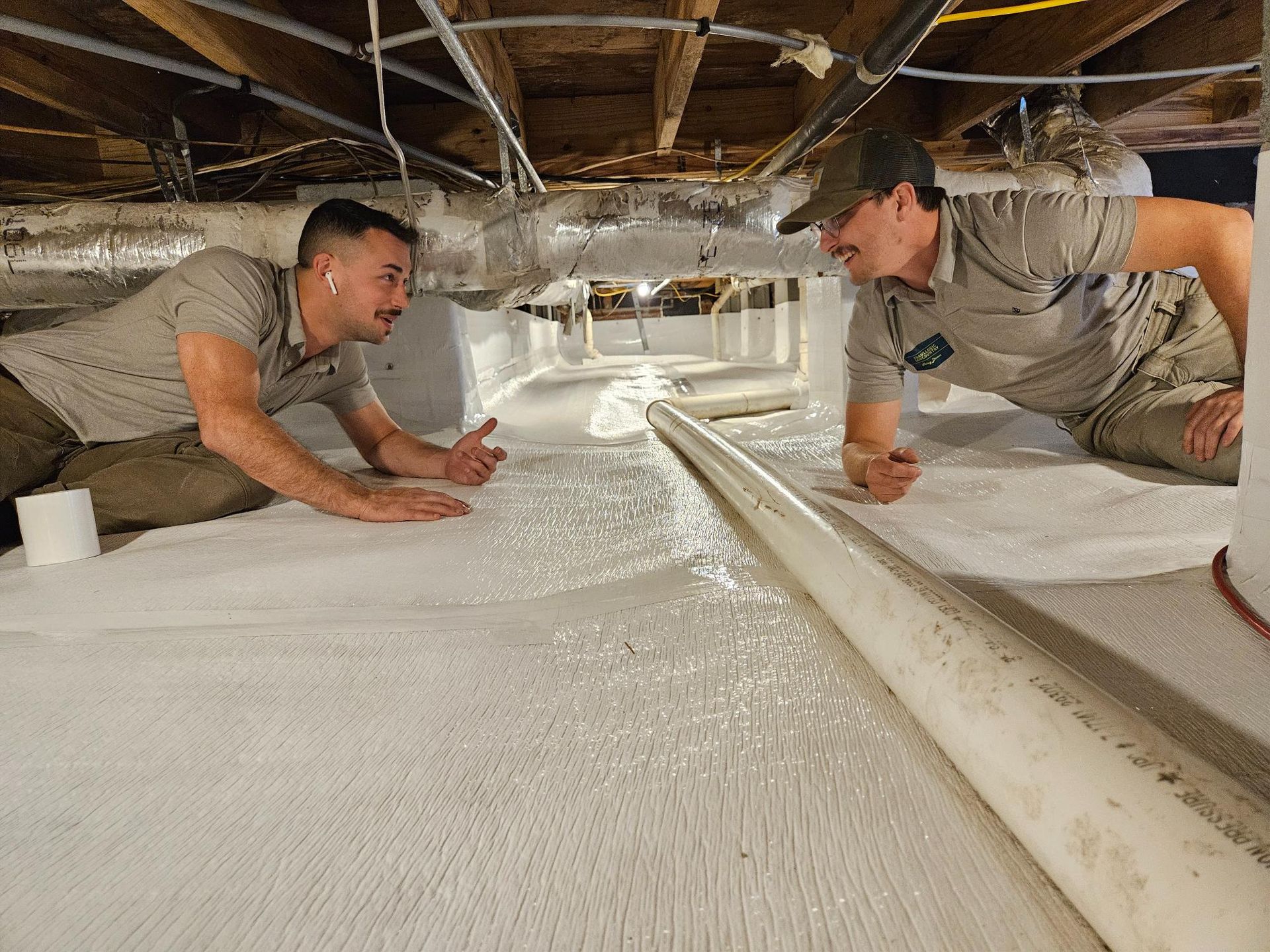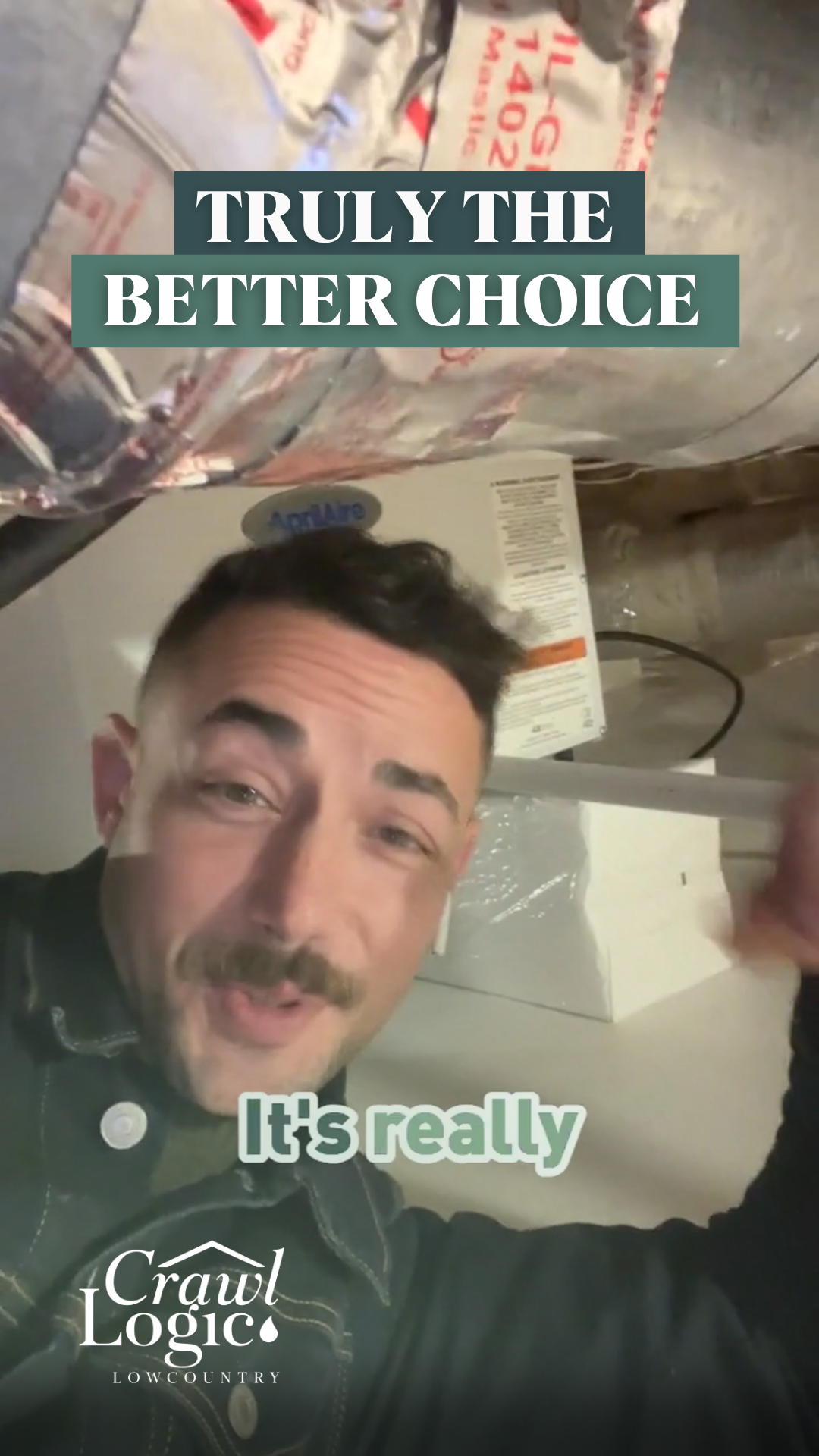The 6-Inch Secret to a Dry Charleston Crawl Space: What Most Contractors Won't Tell You
Crawl Logic Lowcountry
Six Inches Really Matters! Here's Why:
IT SOUNDS FUNNY, BUT I'M NOT KIDDING!
You might think all crawl space repairs are created equal.
After all, how many ways can you put up a vapor barrier, right?
But here's something I learned after 14 years of crawling under Charleston homes: it's the details you can't see that make the difference between a repair that lasts decades and one that fails next month.
Today, I want to share something that most contractors either don't know about or choose to ignore.
It's a simple detail - just 6 inches - but it can make or break your crawl space encapsulation.
Welcome to Crawl Logic Lowcountry!
The Common Mistake
Here's what typically happens: A contractor comes in and installs a vapor barrier, taping the seams just a few inches up from the ground. Looks fine at first glance. They might even tell you it's "industry standard." But there's a serious problem with this approach.
Water is relentless in Charleston crawl spaces. When it flows - and trust me, it will flow - it only needs to reach an inch high to hit those low tape seams. And here's what most people don't realize: when water touches tape, it starts losing adhesion. Pretty soon, those seams start failing, and your "waterproof" crawl space isn't so waterproof anymore.
I see it all the time - crawl space repairs falling apart just months after installation. The homeowner paid good money for a solution that was doomed to fail from the start, all because someone took shortcuts with tape height.
The 6-Inch Solution
Here's where that 6-inch secret comes in. At Crawl Logic, we install our tape seams much higher up the wall - and there's real science behind this. By placing seams higher, we create a buffer zone.
Think about it: water needs to reach six times higher to even touch our seams. That's not just a small improvement - it's the difference between a repair that lasts and one that doesn't.
But we don't stop there. We also install drain mat as underlayment wall-to-wall. This creates a second layer of protection, helping water flow away before it can cause problems. It's like giving your crawl space a full suit of armor instead of just a shield.
Why This Detail Matters
Let's break down why this matters in real terms. A one-inch water event in your crawl space might not sound like much. But in Charleston's climate, it's not a matter of if water will flow, but when. With standard low seams, that one inch of water is all it takes to start breaking down your protection.
But with our high-seam approach? It would take a six-inch water event to even reach those seams. And let's be honest - if you've got six inches of water in your crawl space, you've got bigger problems than tape adhesion. That's why we design our systems to handle the realistic challenges your crawl space will face.
Doing It Right in Charleston
Living in the Lowcountry means dealing with unique challenges. Our humidity, our rainfall patterns, our soil conditions - they all affect how water behaves under your home. That's why these details matter more here than almost anywhere else.
When we install a vapor barrier with high seams and proper drain mat, we're not just following some rulebook. We're applying lessons learned from hundreds of Charleston crawl spaces. We're preparing your home for the real conditions it'll face, not just making it look good for the next few weeks.
The Bottom Line
Listen, I'm not sharing this to bash other contractors or claim we're the only ones who know what we're doing. I'm sharing it because I want Charleston homeowners to understand what they're paying for. When you're investing in crawl space work, these are the kinds of details that make the difference between money well spent and money wasted.
Want to know if your crawl space is set up to handle Charleston's unique challenges? Take a look at those vapor barrier seams. If they're running just a few inches off the ground, you might want to keep our number handy. And if you're thinking about getting crawl space work done, now you know one of the key things to look for.

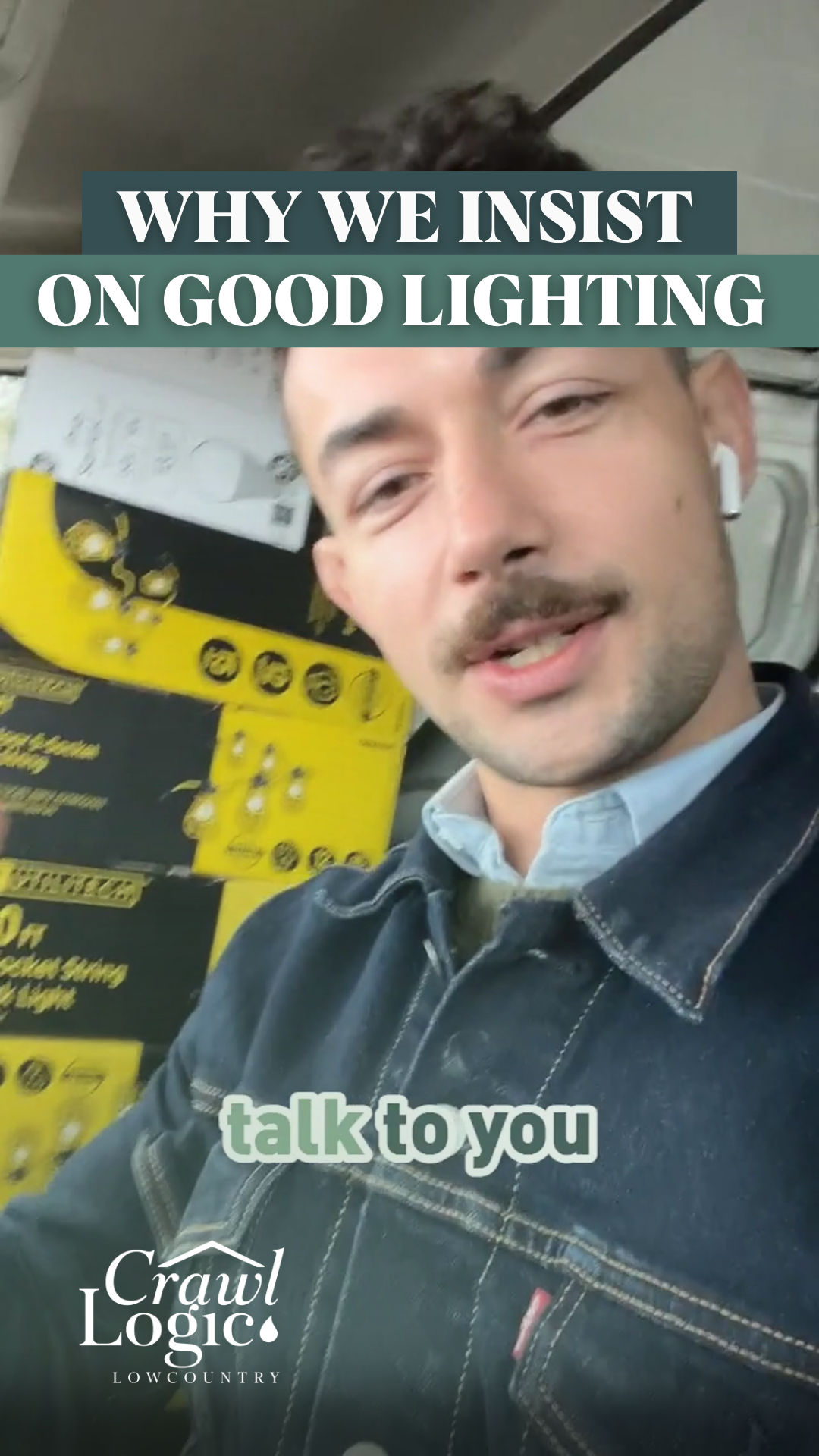
Quick Links
Crawl Logic Lowcountry
